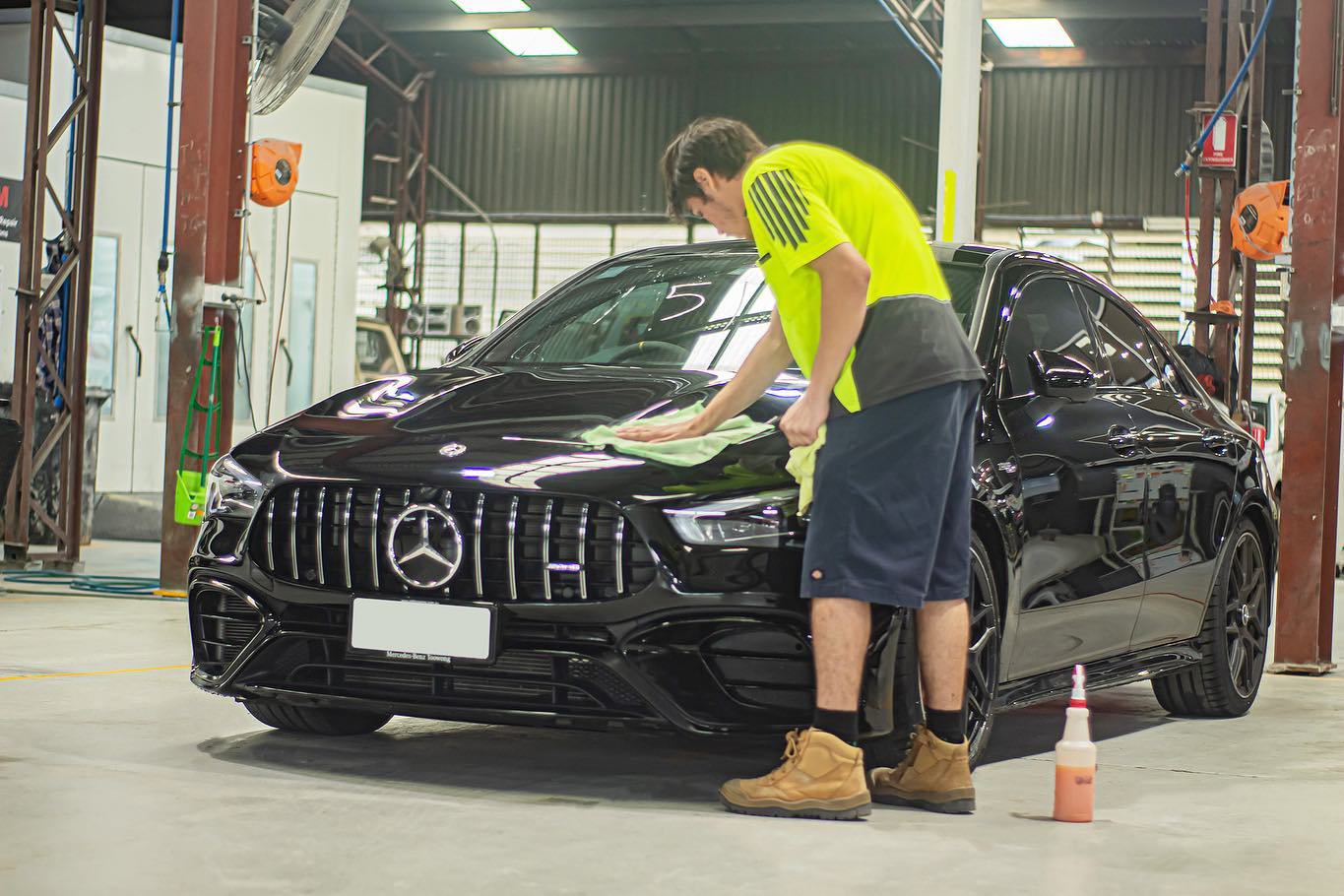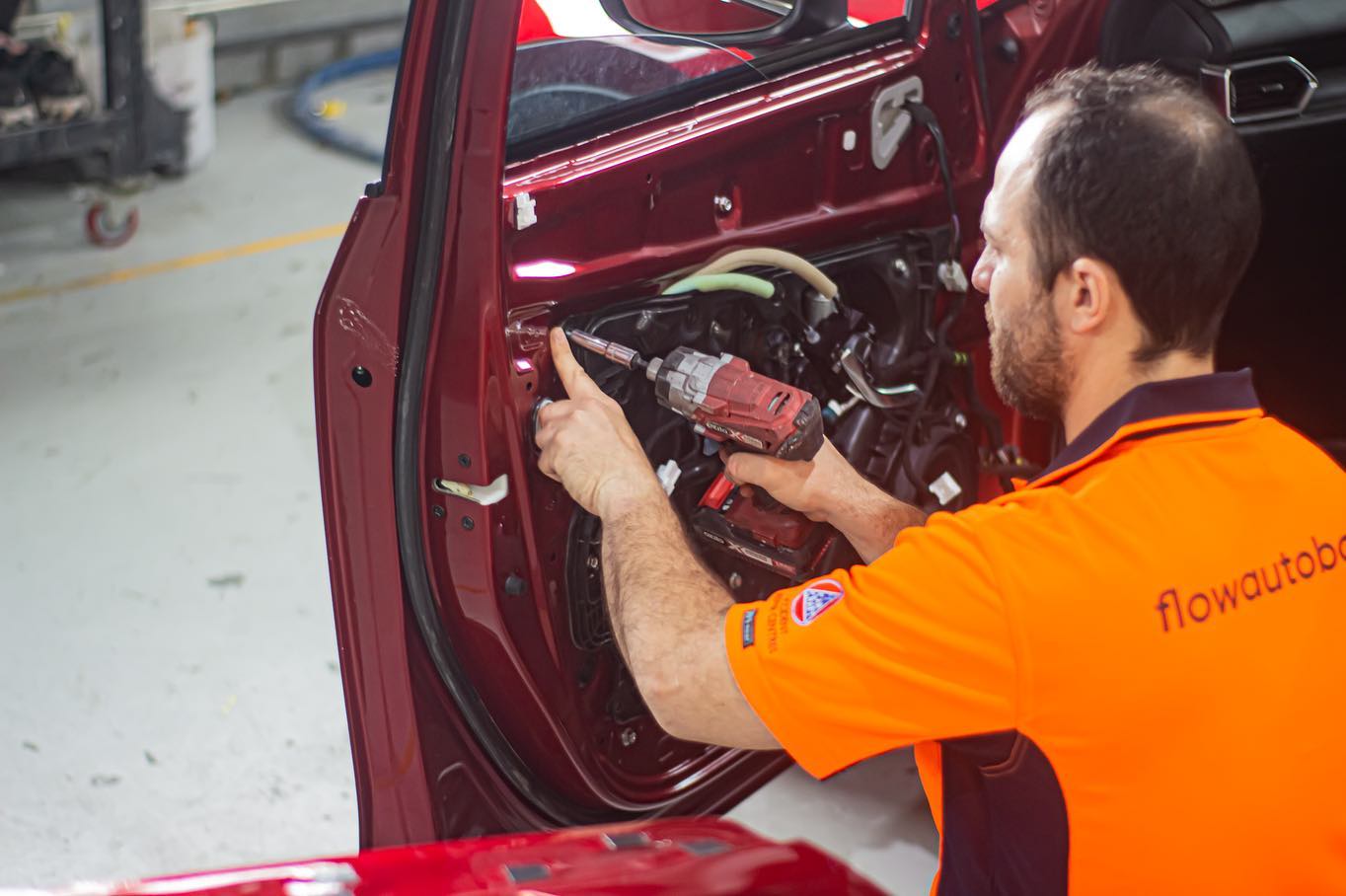Frequently Asked Questions About Repair Estimates
How accurate are car repair estimates?
Although usually entirely accurate, there may be some variation in the ultimate cost of receiving the car. The collision repair professional will not disassemble the vehicle when completing car accident repair quotes instead of estimating visible damages.
How long does a car repair estimate take?
The estimator should only take about 30 minutes to evaluate the damage to your car thoroughly. While you wait and distinguish the estimated time to repair, many auto body repair shops provide a nice waiting room, and some even enable you to drop your car off so you can get on with your day.
How to get a car repair estimate?
A consumer can obtain a repair estimate in a variety of methods. The consumer can either provide images of the damage to the auto shop and get panel beater quotes online or complete an in-person evaluation at the shop.
Insurance adjusters can also assist customers with repair estimates, especially if the insurance company will cover the costs. The insurance company, for instance, can send a field inspector to the facility for a visual assessment of the car to update the repair estimate. For utmost convenience, you can opt for crash repair quotes online.
For a seamless smash repair experience, request for a FREE instant repair estimate from Flow Autobody.
Other Blogs
Everything you Need to Know About Paintless Dent Repair
Paintless Dent Repair is a cheaper, faster alternative to getting those dents fixed! Read here to know more about the…Read More

8 Signs your Vehicle is Ready for a New Coat of Protection
Do you ever wonder when it’s time for your vehicle to get a fresh, new coat of protection? Read here…Read More

9 Commonly Asked Auto Body Repair Questions
Worried about how much it will cost or how long it will take to repair? Know all the essentials about…Read More
Get an Online Smash Repair Estimate Today!
Get an instant free smash repair estimate today at Flow Autobody with just one click!
